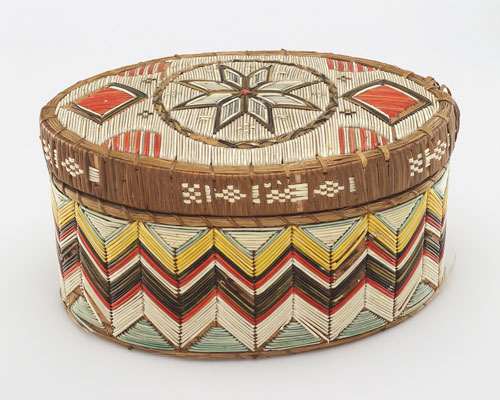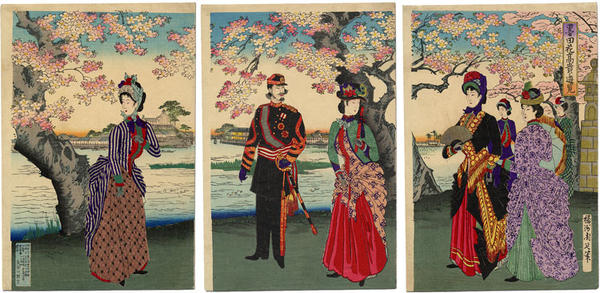The Art of Indigenous Fashion – Art Dying
Colors infuse our world with meaning, from the bold red of a stop sign to the calm blue of a midday sky. Our ability to perceive and describe our surroundings hinges on the spectrum of colors. This understanding stretches back to the early universe, where the first colors emerged only after the high temperatures of […]
The Art of Indigenous Fashion – Art Dying Read More »











